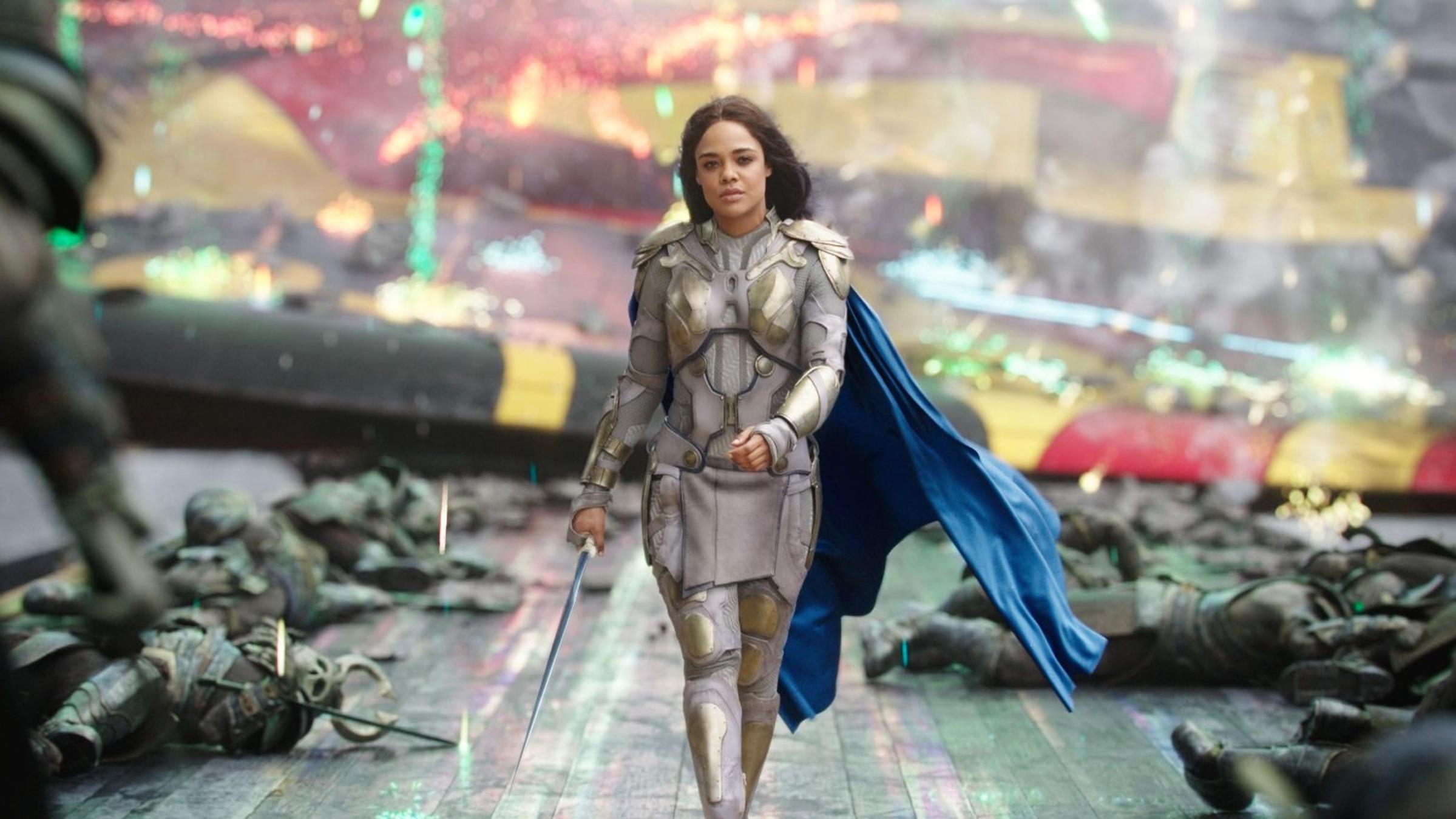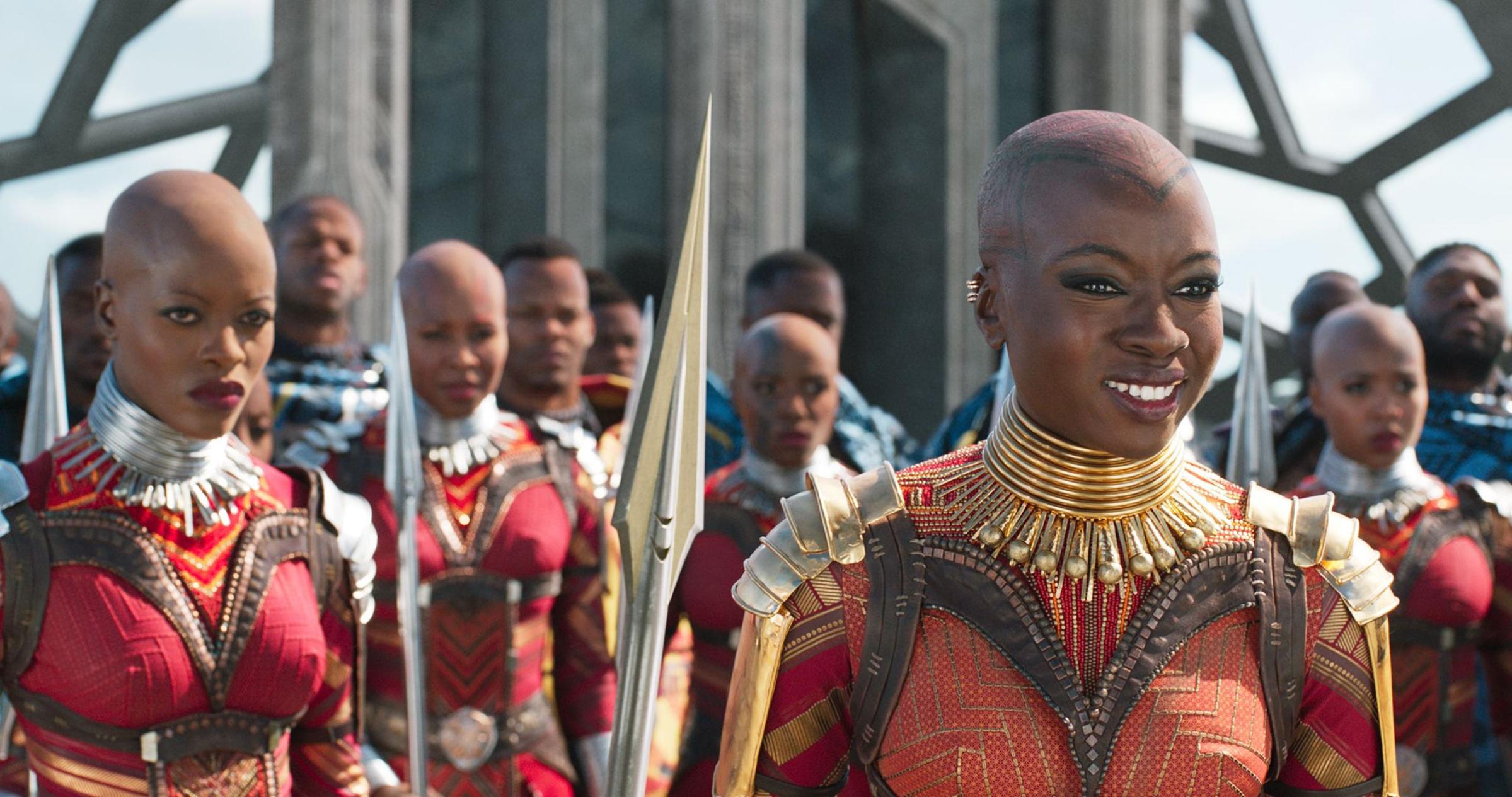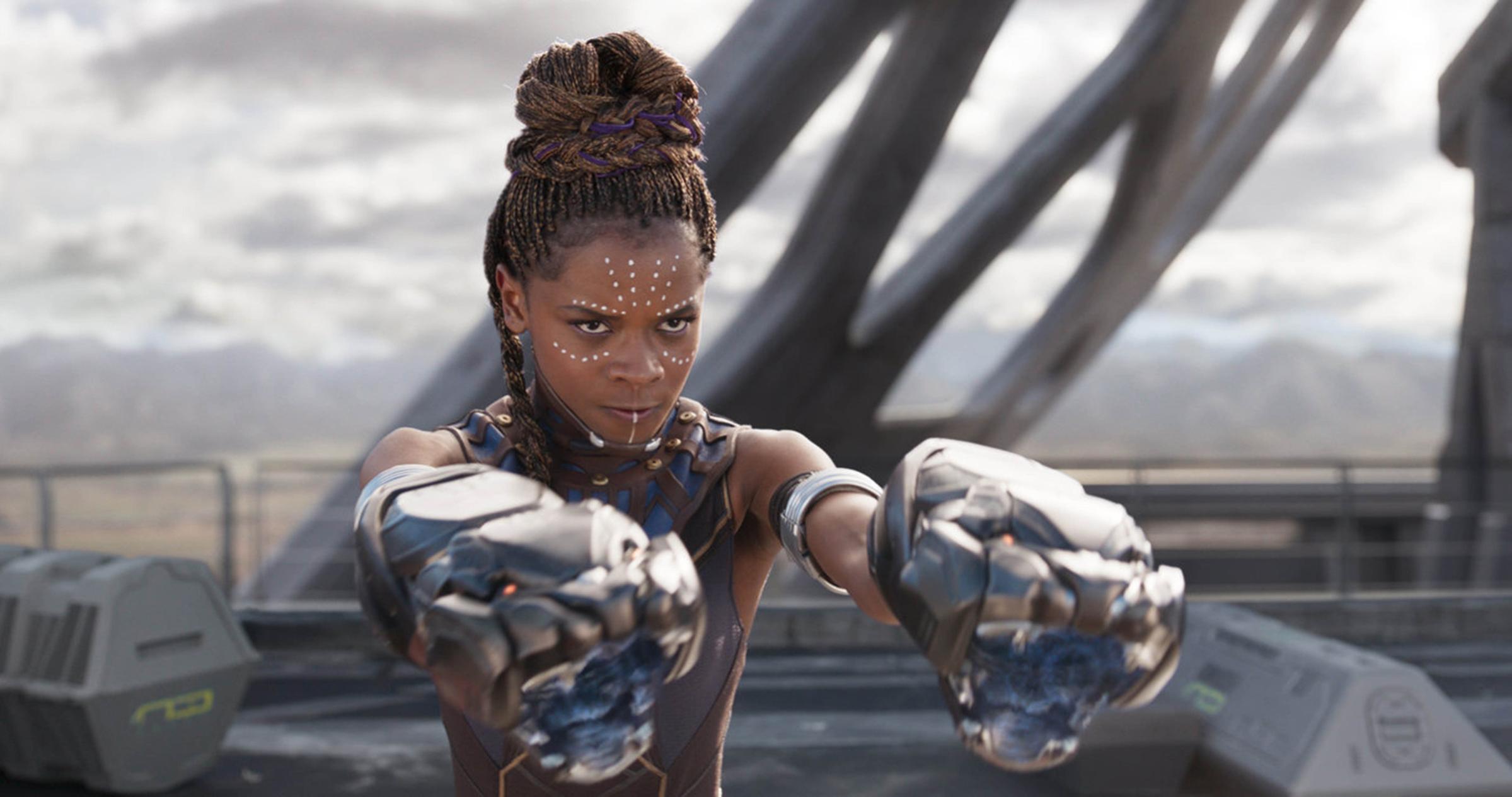
For decades, the appearance of black female characters in comics has been treated by observers as an anomaly; a rare occurrence that would grace the pages on a whim, particularly in leading roles, which were seemingly far and few in between. But in actuality, they have played a pivotal part in the narrative since the early days of Jackie Ormes’ Torchy Brown in ‘Dixie to Harlem’ comic strip in the late 1930s. Ormes, who was the the first African-American woman cartoonist to create a syndicated newspaper comic strip in the segregated press, produced work for over two decades with an entirely black cast with female leads. Over 30 years later, Jim Lawrence would create and write Friday Foster, the first comic strip to feature a black female lead character in the mainstream press. In 1975 it became the first comic book adaptation to the silver screen featuring an African-American woman as the lead — and what is arguably the first black-woman-led comic book movie, starring Pam Grier.
The time gap between “Torchy” and “Friday,” however, is indicative of the rate at which other black female comic book characters have broken into the mainstream. The appearance of black female actors portraying superheroes on screen has also been slow, but progress is being made: Eartha Kitt’s Catwoman, the breakout performances of the leading women in Black Panther and even Zoe Saldana portraying Gamora in this week’s Avengers: Infinity War — not a black comic book character, she’s green, but still a win for representation in a major Marvel film — are proof.
From pop culture icon Kitt, who portrayed Catwoman from 1967 to 1968 on the Batman TV series, to Halle Berry playing Storm in the 2000 X-Men movie, another 30-plus year gap of time passes between one appearance to another. However, with the push for diversity and accurate representation in the mainstream media in general over the last few years, black female characters have been in demand. The frequency in which they appear in lead roles has increased in both comics and their movie and TV counterparts, and the nature of those characters has changed too. But this new wealth of characters didn’t come out of nowhere.
Rather, today’s black female superheroes were built on nearly a century of creative works. For movies and television, in the years since Halle Berry’s Storm, there have been more than a dozen different examples of black female leading characters: Rosario Dawson as Gail in Sin City and Sin City: A Dame to Kill For, Simone Missick as Misty Knight in Netflix’s Luke Cage and The Defenders, Tessa Thompson as Valkyrie in Thor: Ragnarok, Danai Gurira as both Michonne on The Walking Dead and Okoye in Black Panther, just to name a handful.
Over time, from Kitt’s bombshell Catwoman to the scientific genius of Letitia Wright’s Shuri — who also appears in the upcoming Avengers — to the leadership of Ann Ogbomo’s Jayna-Zod, the portrayal of black female comic book characters has evolved too. These newer characters are shown to be multifaceted, layered, thoughtfully written and taking their own agency. They are subsequently reflective of what the audience clamoring for them has been asking for all these years — in addition to being examples of the times. Ms. Kitt’s Catwoman was sensual and sexy in 1960s excess, (it was also uncommon at that time to see a black woman in a role that exuded sexuality and power), while Ms. Wright’s Shuri brings to light the many women of color who have been entering STEM and STEAM careers over the past decade. As both a fan and a professional, it has been intriguing to watch the shift of characterization and storytelling throughout the years.
For mainstream comic books themselves, it’s been quite a journey in regard to depicting marginalized characters, black women in particular. With the Comics Code Authority in place — the comic book industry’s self-regulatory system from 1954-2011 — female characters of all nationalities and backgrounds were limited in their book appearances until the 1970s. During that time two of comics’ most well-known black female lead characters were born: Misty Knight and Storm. Several years later, in the early ‘80s, DC’s Vixen and Marvel’s Monica Rambeau made their debuts. Out of the four, only Storm and Vixen have had their own titles, both being limited series. (Storm is expected to have a reboot in the coming months but it’s unconfirmed whether it will be a long standing book or another mini-series.)
Animation and video games also play an interesting role in this conversation. Since the 1990s, most mainstream comic book based cartoons in the U.S., (X-Men, Batman the Animated Series, Justice League Unlimited, Batman Beyond, Vixen, X-men Evolution, etc.), with black female characters are voiced by black female actresses such as Cree Summer, C.C.H Pounder, Yvette Nicole Brown, Gina Torres and others. However, the characters they are voicing are the same five or six, portrayed in various cartoons and video game installments throughout the years. Very few new characters have been added to the roster.
Since the creation of Torchy Brown, characters like her have served as an inspiration to comic book creators and film makers across the board to develop more — not only in the mainstream, but throughout the independent comic book and multimedia industry. The indie scene as a whole is full of diverse characters representing marginalized people that the mainstream has just started touching upon, serving an ever-changing audience that has been hungering for both content with accurate representation and being able to see themselves reflected in fantasy and science fiction. And as the success of Black Panther has proven, when you give audiences what they have been asking for, the industry is greatly rewarded.
Nevertheless, in order to maintain that momentum, fans must continuously demand diverse content and creators have to not only be committed to creating it, but the industry has to also commit to producing it. Black heroines have proven their worth, it’s up to us to make sure that they get the justice they deserve.
Regine L. Sawyer is the creator behind Lockett Down Productions and the founder of Women in Comics NYC Collective International.
This article and gallery were produced in partnership with Spotify as part of their year-long “Black History Is Happening Now” platform. Click here for curated playlists, videos, podcasts and more that celebrate Black achievements and culture beyond Black History Month.
Check out Spotify’s Black Girl Magic playlist:








More Must-Reads From TIME
- The 100 Most Influential People of 2024
- The Revolution of Yulia Navalnaya
- 6 Compliments That Land Every Time
- What's the Deal With the Bitcoin Halving?
- If You're Dating Right Now , You're Brave: Column
- The AI That Could Heal a Divided Internet
- Fallout Is a Brilliant Model for the Future of Video Game Adaptations
- Want Weekly Recs on What to Watch, Read, and More? Sign Up for Worth Your Time
Contact us at letters@time.com